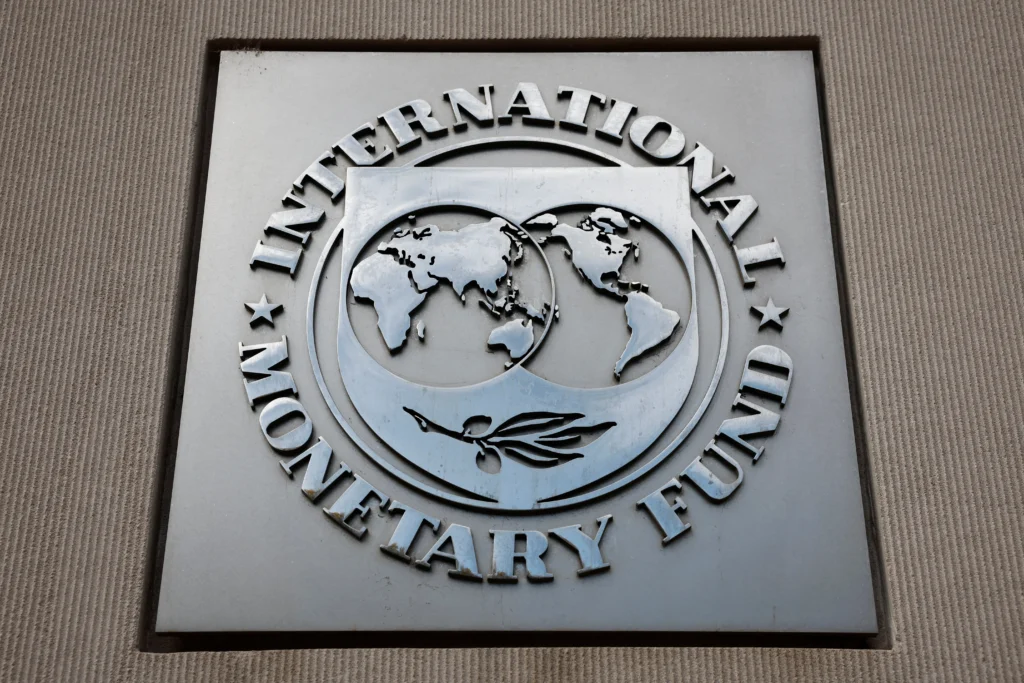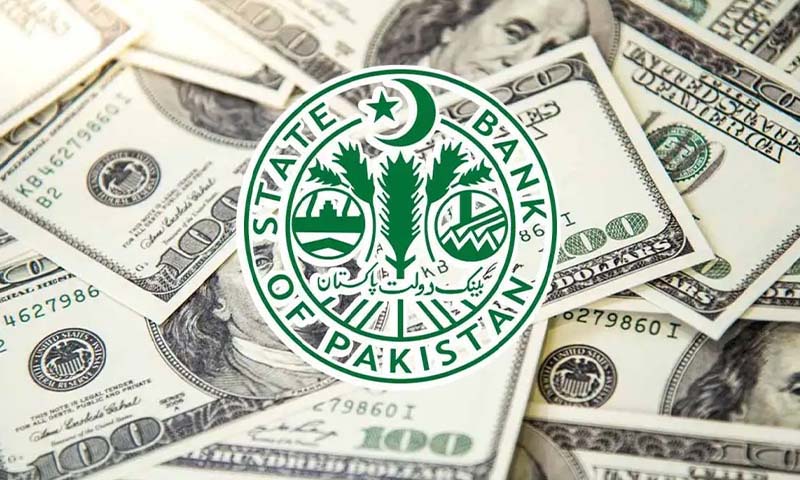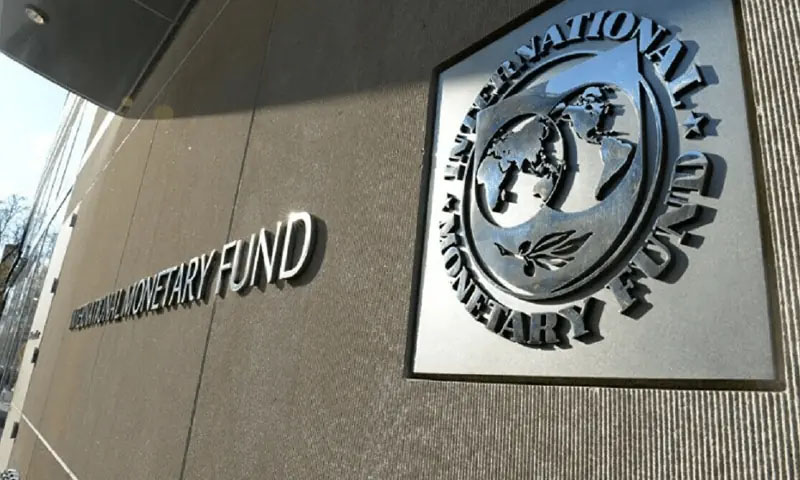- Web Desk
- Today
IMF considers lowering tax collection target amid economic slowdown
-

- Web Desk Karachi
- Mar 06, 2025

ISLAMABAD: The International Monetary Fund (IMF) may consider reducing Pakistan’s tax collection target to below Rs12.5 trillion due to a general decline in economic activity and significant shortfalls experienced thus far.
However, this adjustment will still necessitate meeting the targets for the remaining four months of the fiscal year and partially recovering some of the existing shortfall, reported The Express Tribune.
Any potential decrease from the original target of over Rs12.9 trillion hinges on the Finance Ministry’s capability to cut expenditures to ensure adherence to the IMF’s overarching programme goal of achieving a primary budget surplus of Rs1.2 trillion this fiscal year, as indicated by government sources engaged with the IMF team.
Additionally, the IMF has requested the energy ministry to provide projections concerning the circular debt for the upcoming fiscal year 2025-26. The Power Division has assured the IMF that this fiscal year’s circular debt will remain under the agreed threshold of Rs2.429 trillion.
During the discussions that took place over three consecutive days, the IMF and Pakistani authorities have discussed the performance of the energy sector, the progress on the publication of various social and economic surveys by the Pakistan Bureau of Statistics, budget figures, and external financing requirements.
Sources revealed that both parties explored the possibility of lowering the tax collection target to between Rs12.3 trillion and Rs12.5 trillion.
Tax authorities have proposed a reduction of Rs579 billion against the annual objective of Rs12.913 trillion, while the IMF suggested a reduction of Rs435 billion to set the target at just below Rs12.5 trillion, although no formal decision has been reached yet.
The tax authorities expressed confidence that, based on trends from the past four years, they could still achieve the remaining targets but required an adjustment against the overall target.
The FBR also proposed a strategy to lower tax rates for the tobacco, beverages, and construction sectors to generate an additional Rs90 billion through increased economic activity and sales. Additionally, it is anticipated that approximately Rs300 billion could be recovered through ongoing court cases.
Fiscal tightening looms as government prepares for IMF review
To meet the ambitious tax target of over Rs12.9 trillion, the government had imposed additional taxes amounting to Rs1.3 trillion, which primarily affected existing tax contributors. Thus far, a shortfall of Rs606 billion has already occurred during the July-February timeframe.
The salaried class has borne the brunt of this burden, while the target remains unmet.
Due to lower-than-expected autonomous growth, the FBR has suffered an estimated loss of Rs450 billion by February, though officials do not anticipate further shortfalls in this area until June.
The IMF has stipulated that generating a primary budget surplus equivalent to 1 percent of the economy—slightly over Rs1.2 trillion—is essential. Any reduction in the tax target without corresponding adjustments in expenditures might jeopardize this objective.
Government sources indicated that the Finance Ministry has limited options for reducing expenditures, except for possibly making significant cuts to the Public Sector Development Programme (PSDP). Consequently, there is a chance that the Finance Ministry will refrain from releasing the fourth-quarter budget, aside from allocations for foreign-funded projects.
Initially, the government proposed a PSDP of Rs1.4 trillion, which has been reduced to Rs1.1 trillion. Spending during the first half of the year has been relatively low, allowing for further reductions in the development budget.
The Finance Ministry also anticipates about Rs50 billion in savings from this year’s allocated subsidy for the power sector. One potential method for addressing some of the revenue shortfalls is through the recovery of advance income tax under section 147 of the Income Tax Ordinance, with authorities believing that approximately Rs130 billion can be retrieved with additional effort.
In the first seven months of the current fiscal year, the FBR collected Rs929 billion in advance income tax under section 147, reflecting a 27 percent increase compared to the same period the previous year.
The FBR reported to the IMF that it has secured Rs90 billion through enforcement measures within the first eight months of the fiscal year, primarily from banks due to windfall income taxes and an increase in the base income tax rate to 44 percent.
Finance Minister Muhammad Aurangzeb, in a statement to The Express Tribune on Tuesday said the government would pursue alternative avenues to offset revenue shortfalls rather than imposing new tax measures.
Furthermore, the Pakistan Bureau of Statistics briefed the IMF on the status of various social and economic survey publications. These surveys are essential for assessing the actual economic and social conditions in the country, given the government’s lack of updated figures on poverty, unemployment, and the agriculture census.
The PBS reported to the IMF that field operations for the digital provincial level Household Integrated Economic Survey (HIES) 2024-25 are currently underway. The HIES aims to provide insights on various issues, including literacy rates, school enrolment, child health (especially infant mortality), women’s health indicators, household income, savings, liabilities, and consumption expenditure, including distinctions between urban and rural breakdowns.
This survey will also supply the necessary data for estimating consumption-based poverty, with 31 out of 62 sustainable development goal indicators being addressed in the HIES surveys. The results from the HIES are expected to be published in December of this year.
Additionally, Pakistan has initiated the Labour Force Survey 2024-25, with fieldwork currently active. The government has informed the IMF that quarterly labour survey reports will not be released; instead, an annual report will be made available within six months following the completion of fieldwork.




